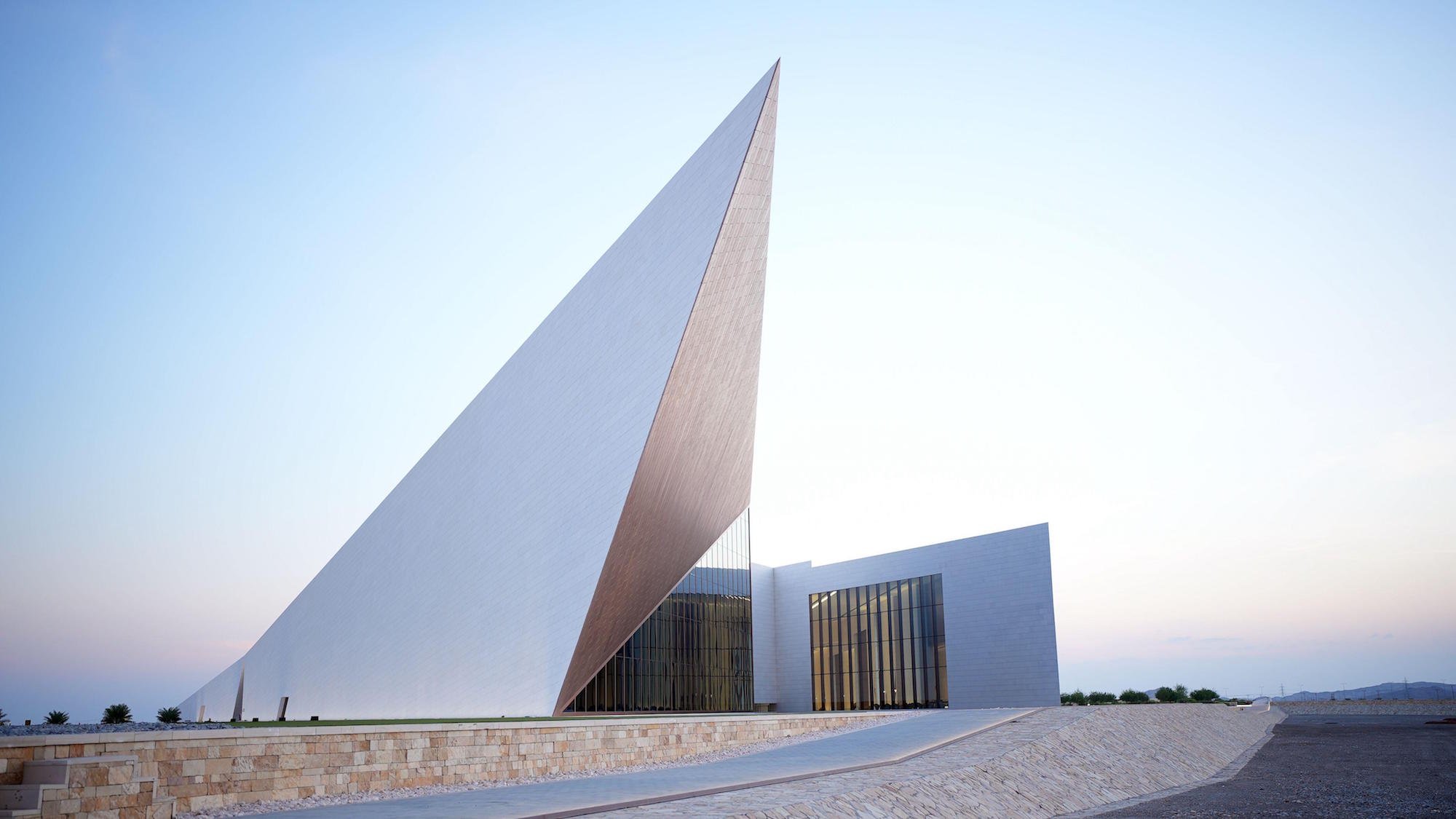
The findings of the 2023 Cultural Infrastructure Index, which was developed by AEA Consulting to break down global investment in cultural projects, will likely surprise no one as they reflect the “mixed picture” of the broader economic outlook. So, while there are many more new projects that have been completed or that lie ahead, spending on newly announced projects is lower, amid broader belt-tightening in the art world, affecting “both the public and private sectors,” according to the report.
The report found that in 2023, 192 major cultural infrastructure projects were completed globally and 198 were announced. Completed projects reflected total investment of $8.58 billion, while announced projects represent $5.62 billion of new spending to come.
That is an increase on the 2022 stats project-wise, since 185 projects were completed that year. But the value figures are shifting since the completed projects represented $7.8 billion in investment, and the estimated cost for the 225 newly announced projects was $7.3 billion.
Photo courtesy of AEA Consulting.
The report’s analysis shows some stabilization following the post-2020 boom. In addition to value and the volume of new projects, the CII tracks trends on the number, type, location, and budgets of cultural infrastructure projects announced and completed every year. It looks at activity across project types as well as uses, geographical spread, and year-on-year changes.
Read on for the seven takeaways from the 2023 Cultural Infrastructure Index:
Manchester city centre Factory International party in plaza outdoor space. Aviva Studios, Manchester, UK.
Photo by Mark Waugh – Alamy Stock Photo.
Renovation and Adaption Are Popular Amid Sustainability and Belt-Tightening
“Renovation and adaptive reuse were popular project categories,” according to the report, and showed signs of sustained growth, together accounting for 78 completed projects (or 41 percent of the total). This year’s Index includes an in-depth look at what’s driving this trend and the opportunities for cultural institutions to achieve sustainability goals through adaptive reuse.
These projects tracked over a broad range of structural transformations including mills and factories, breweries, warehouses, post offices, churches, and courthouses. Meanwhile, the locations of these projects are equally diverse, the report stated, showing a growing interest in preservation and repurposing of built infrastructure for cultural uses globally.
Advantages include the possibility of revitalizing derelict neighborhoods, while preserving and infusing new life into the historical fabric of buildings and surrounding neighborhoods. These advantages are amplified alongside the obvious reduction of costs, as compared with brand new construction of a building.
Photo courtesy AEA Consulting
Museums and Galleries Are Still the Leading Buildings
In line with previous report findings, museums and galleries are still the most popular form of infrastructure for the eighth consecutive year, representing 213 announced and completed projects, or 55 percent of the $7.1 billion. The second most popular types were performing arts centers (72, or 19 percent of the total); multifunction arts venues (66, or 17 percent of the total); and cultural districts (22, or six percent of the total).
Otherworld, Philadelphia, Pennsylvania. Photo courtesy of Otherworld.
Immersive Experiences Remain a Draw
For the past few years, crowds have been flocking to viral-themed sensations featuring the works of Vincent Van Gogh, Claude Monet, and Gustav Klimt, amid many other themed immersive venues. Now, for the first time, AEA Consulting introduced immersive art venues as a new infrastructure category, and it identified 17 announced and completed projects across North America, Europe, Asia, and the Middle East.
The Physical Size of Projects Dropped by a Third
Across all types of building categories, the size of projects dropped by nearly a third, for both announced and completed projects, from 4.7 million to 3.2 million square meters (50.5 million to 34.4 million square feet). The median budget size also dropped from $30 million to $26 million, while the relative cost per-square-meter has jumped 34 percent from $6,422 in 2022 to $8,612 in 2023. This increased cost is even more pronounced among certain infrastructure classes: for example, the cost per-square-meter for museums and galleries reached $8,970, up almost 50 percent on the previous year ($6,097).
The International African American Museum in Charleston, South Carolina. Photo: Randy Duchaine – Alamy Stock Photo
Brisk Activity Outside Major Culture Centers
Development of major cultural projects outside of traditional cultural capitals in the Global North is rising. In total, projects were recorded in 48 countries and over 275 towns and cities, only 27 percent of which are among the top 75 global urban centers. Notable examples of major related projects outside of traditional cultural capitals included in: Alexandria, Egypt; Paisley, U.K.; and Sokcho, South Korea.
The Blanton Museum of Art, Austin, Texas. Photo: Casey Dunn.
Snøhetta Leads Among Thriving Architectural Practices
The report found that the most popular and active architectural practice was Snøhetta, which is engaged in five projects around the world. Beyer Blinder Belle and Purcell were also particularly active and in high demand, as the firms are engaged on four projects each. Since 2016, the most frequently engaged practices were Kengo Kuma and Associates (18 projects), Herzog and de Meuron (14 projects), and David Chipperfield Architects (13 projects).
Perelman Performing Arts Center Leads the Pack in Project Value
Finally, the report broke down the three highest-value projects completed in 2023. They are: New York’s Perelman Performing Arts Center ($500 million); the American Museum of Natural History ($465 million); and the Beijing Performing Arts Center ($352 million).
The top three announced projects were the Tennessee Performing Arts Center in Nashville ($500 million); the Sejong Center for the Performing Arts in Seoul ($242 million); and the Grieg Quarter in Bergen ($191 million).